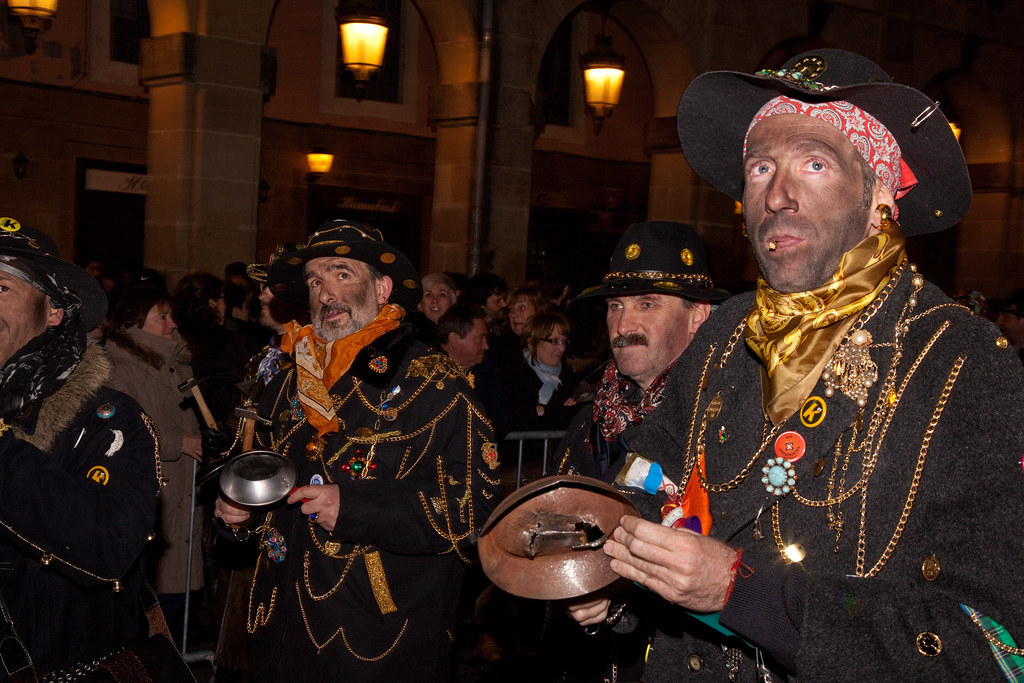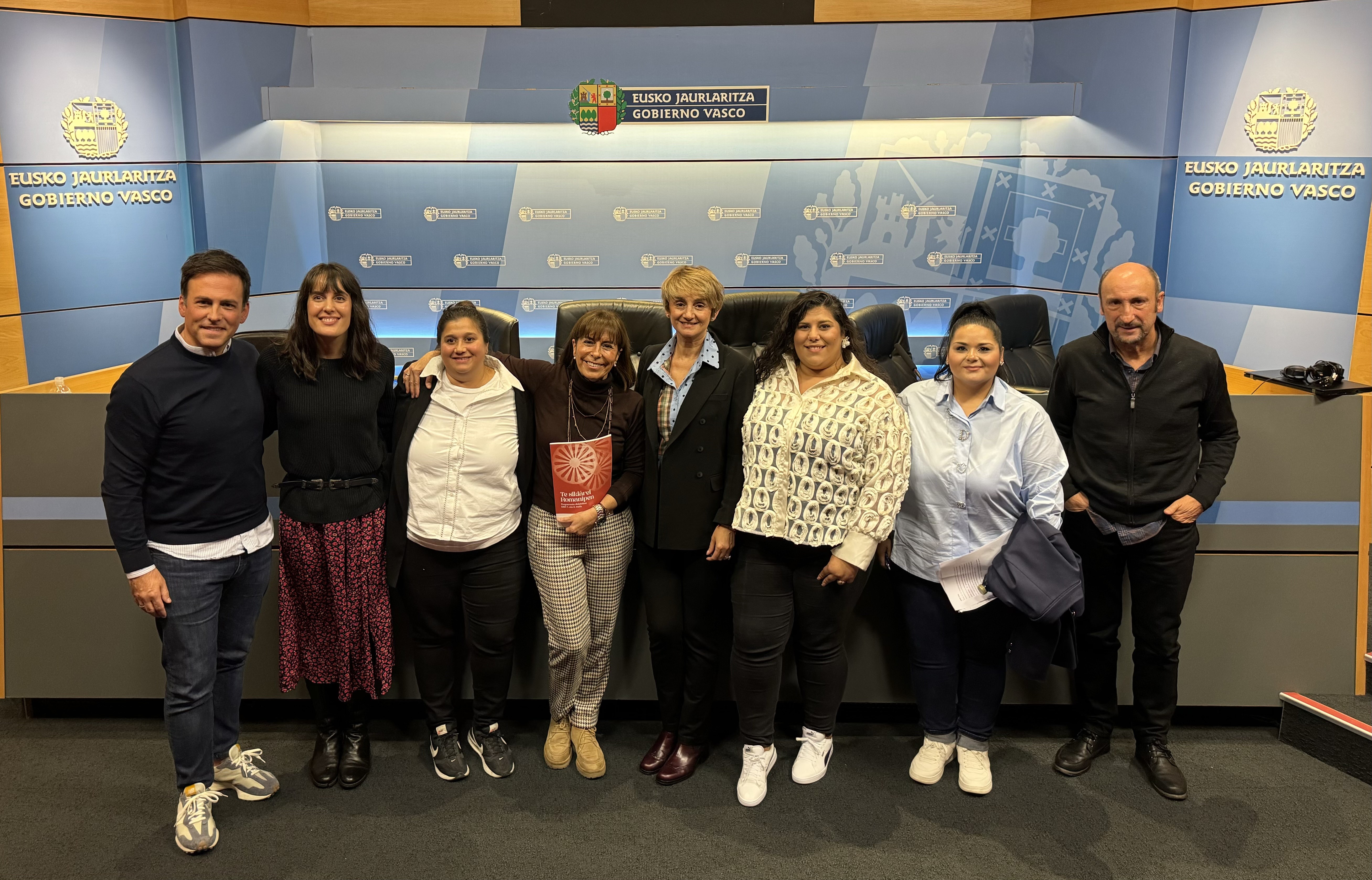The Department of Education of Navarra presents teaching materials to bring Gypsy history and culture closer to students of Early Childhood and Primary Education
The Government of Navarra will make available to the educational centers of Infant and Primary Education pioneering teaching materials on the Roma culture, both in Basque and in Spanish. Written by Bruno Miguel Jiménez, director of the public school of Cáseda, aims to integrate and inspect the Roma community in the education system.

On Monday, pedagogical resources have been presented in the Hall of Acts of the Department of Education of Pamplona. In total, 21 learning situations have been presented, covering historical and cultural aspects of the Roma people; three for Early Childhood Education students and eighteen for Primary Education. Bruno Miguel Jiménez stressed that these educational resources are "very important" and have three basic objectives: “On the one hand, to contribute to the full schooling of Gypsy students from Navarra. On the other hand, to contribute to the school success and socio-occupational promotion of the Roma students and, finally, to promote the visibility and values of the Roma culture in the school curriculum and in the life of the educational centers of Navarra”.
In addition to the didactic materials, a book written by Casedano Juan Ramón Hernández has been presented, offering a "deeper view" of the history and values of the Roma people. Ricardo Hernández, coordinator of the Federation of Gypsy Associations of Navarra, Gaz Kalo, has assured that these materials are “an important step in resolving a historical debt of the education system to the Roma community”.
The Education Advisor, Carlos Gimeno, has positively valued the initiative, which aims to "make the Roma identity visible" and "facilitate the integration of students in the educational sphere".
I don't want my daughter disguising herself as a Gypsy in the caldereros. I don’t want Gypsy children at my daughter’s school to dress up as Gypsies in caldereros. Because being a gypsy is not a disguise. Because being a gypsy is not a party that takes place once a year, with... [+]
Being a Roma has long been banned in different parts of Europe, and, of course, our beloved and welcoming state in Spain and France too. That is why, for a long time, the Roma did not claim to be Roma. And that's why historians have a very hard time knowing their story and giving... [+]
Imagine that for an institutional barometer you're asked, "How do you see white people compared to the rest of society: more conflicting/more honest/more working-class/more supportive?" Would it be exceptional? On the occasion of the International Day against Racism and Xenophobia, 21... [+]
Do you know that April 8 was International Roma Day? And you know why? If you look for it on Google, you can see that the first Romanesque world congress was held in London on April 8, 1971, and our flag was remembered there (do you know?). and our hymn, gelem, gelem (have you... [+]




















